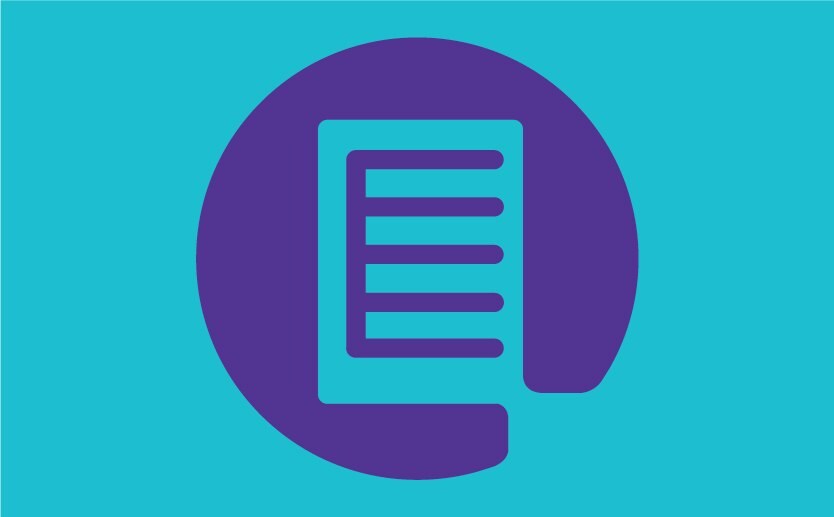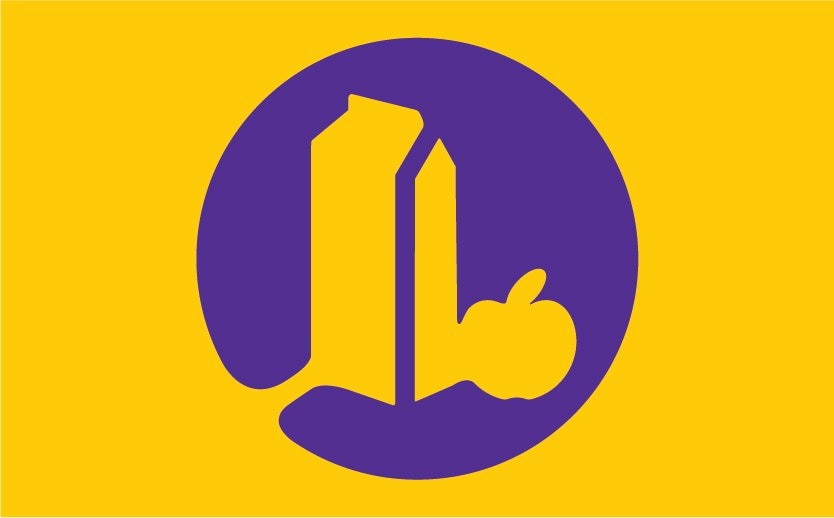Country Regulations for Food & Beverage
Canada
Food and beverage safety in Canada falls primarily under the Canadian Health Portfolio, which reports to the Minister of Health in Canada. Agriculture and Agri-Food Canada reports to the Minister of Agriculture. Food testing, labelling, and import/export requirements primarily fall under these national regulatory bodies.
Regulatory Agency | Oversight | Key Regulations Not comprehensive |
|---|---|---|
Health Canada - Food Directorate | Develops food safety standards and policies to minimize the risk for foodborne illness
|
|
Canadian Food Inspection Agency (CFIA) |
|
|
Public Health Agency of Canada (PHAC) |
|
|
There are several important resources for Canadian Food and Beverage regulations, such as:
- Agriculture and Agri-Food Canada (AAFC) provides information and support to help industry understand regulatory requirements in order to get innovative foods into the marketplace. The department works with partnering organizations and the above agencies to guide, regulate and develop the agriculture sector on behalf of Canadians.}
- Provincial and Territorial Governments - Also share responsibility for food safety locally.
Regulatory Agency | Relevant Policies | Key Regulations |
|---|---|---|
European Commission |
|
|
European Food Safety Authority (EFSA ) | The European Food Safety Agency provides independent scientific advice to assess risks throughout the food chain for the decision makers who regulate food safety in Europe. It is an agency of the EU.
|
|
Directorate-General for Health and Food Safety (DG-Health and Food Safety) | DG for Health and Food Safety is responsible for EU policy on food safety and health, for monitoring the implementation of related laws, and acts as a control authority on the individual effective implementation of EU law in the member states | EU Regulation (EC) No. 882/2004 Articles 45 and 46: official controls performed to ensure the verification of compliance with feed and food law, animal health, and animal welfare rules. |
There are numerous associations and committees in the EU focused on Plants, Animals, Food, and Feeds:
Japan
Overview of regulatory Agencies in Japan
The purpose of the Food Sanitation Act (FSA) for Japan is to prevent the sanitation hazards resulting from eating and drinking by enforcing the regulations and other measures necessary, from the viewpoint of public health, to ensure food safety and thereby to protect citizens' good health. Recently there have been several amendments in the act to have stringent control on food safety.
Regulatory Agency | Relevant Policies | Key Regulation |
|---|---|---|
Ministry of Health, Labour & Welfare (MHLW) | Risk management to food hygiene, Food Sanitation Amendment Act 2018, Dedicated Department of Food Safety, Examination of Food Poisoning | Regulation of the manufacture, import, and sale of food, food additives, and food apparatus and containers/packages
|
Ministry of Agriculture, Forestry & Fishery (MAFF) | Ministry comprehensively undertakes administration related to agricultural, forestry, and fisheries products, covering from production to consumption. Risk management related to agriculture and forestry, livestock management, and fisheries | Food Industry, Food Safety, JAS (Japanese Agricultural Standard), JECFA, Fishery, Animal & Plant Health, Organic Food, Agriculture Production & Management
|
Japan Accreditation Board & International Accreditation Japan | Lab Accreditation | ISO 17025, ISO 17034, ISO 17043 |
There are several important associations and committees in Japan, such as:
India
Overview of regulatory Agencies in India
Regulatory Agency | Relevant Policies | Key Regulation |
|---|---|---|
Food Safety Authority of India (FSSAI) |
|
|
National Accreditation Board Limited (NABL) | Lab Accreditation | ISO 17025, ISO 17034, ISO 17043
|
Bureau of Indian Standards (BIS) | Indian Standards (IS) method & ISI mark | BIS license for testing & product specifications
|
Australia
Overview of regulatory Agencies in Australia
Regulatory Agency | Relevant Policies | Key Regulations |
|---|---|---|
Food Standards Australia New Zealand (FSANZ) |
|
|
NSW Food Authority
|
|
|
There are several important associations and committees in Australis:
ISO 22000 is a certifiable standard that addresses food safety management system. It defines the guidelines and best practices an organization must follow to control food safety hazards and ensure safe consumption of food. FSSC 22000 includes and expands upon the ISO 22000 requirements.
Industry Regulation by Food Group
Learn more about food and beverage regulations by food group, including dairy, meat, plant-based meat, and beverages for different regions throughout the world.
To continue reading please sign in or create an account.
Don't Have An Account?
